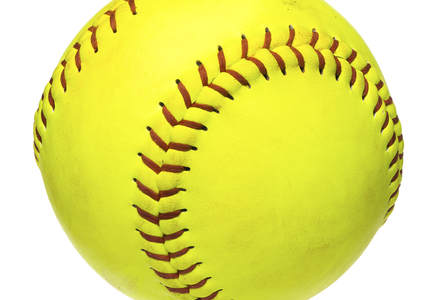
High school baseball adjusting to repositioning of home plate umpire under COVID-19 rules
By Ernie Clark, Bangor Daily News Staff
When Dan Deshaies learned that Maine’s high school baseball umpires were going to have to abide by the state’s COVID-19 6-foot physical distancing guideline this spring, he went straight to his cellar.
The longtime high school and college umpire, who previously worked in the professional ranks, set up a home plate and batter’s box and used a chair in place of the catcher.
He backed up one step from his traditional stance immediately behind the catcher, then moved 3 feet back, then 6 feet back. In none of those cases could he see home plate, and the farther away he got he could see less and less of the batter’s box.
“I knew we could not get pitches right from that distance,” Deshaies said.
Deshaies, the state’s high school baseball rules interpreter, went to work with veteran umpire Kevin Joyce and Maine Commissioner of Officials Jeff Benson. They developed the alternative being employed this season, with the home-plate ump calling balls and strikes from behind the pitcher’s mound rather than behind the catcher.
“The rationale was to protect the athletes,” MPA Interscholastic Executive Director Mike Burnham said. “We had a number of situations over the winter when an official tested positive and both teams were required to quarantine for 10 days. The move of the plate umpire also allows that umpire to not be considered a close contact and needing to also quarantine for a 10-day period if a team member tests positive.”
Deshaies and Joyce studied several systems being used in other states and developed what Deshaies described as “the best coverage in the United States for balls and strikes, safes and outs.”
Deshaies also believes the change has meant fewer umpires opting out of working this spring because of COVID-19 concerns, as their chances of being connected to a case involving team personnel has been reduced because of the physical distancing requirement.
“We probably lost two or three that didn’t want to change and do it this way, but I think it would have been a lot, lot more than two or three if we hadn’t gone to what we’ve done with the umpire working by the pitcher,” he said. “Personally I would have been one of them because of health reasons in the household.”
Deshaies said the new system was developed with two priorities, the first involving balls and strikes.
“You have a different perspective, but you can really see that catcher catching pitches a foot outside and pulling them back to the plate and you can see the catcher catching the ball down in the dirt,” he said. “So you take your overall umpiring experience and what has been a ball and a strike to you in the past, you get that picture in your mind, and as the pitch comes in you call what you think is a strike a strike and what you think is a ball a ball.”
The second priority involves fair and foul balls, an area that this season already has proven problematic for balls hit down the left-field line. Previously, those would have been covered by the umpire behind the plate.
During a recent Bangor-Brewer game, Brewer’s Jed Gilpatrick hit a sharp line drive down the left-field line that both head coaches agreed landed fair but was ruled foul. Had the ball been ruled fair, Brewer would have had two runners on base with no one out while trying to rally from a 2-0 deficit.
Bangor was able to retire Gilpatrick when the game resumed and did not allow a run in the inning en route to a 3-1 victory.
“When that ball is hit down that line or in the air, we’re telling our umpire that’s in the middle that he’s got to hustle and try to get as close to that foul line and get set as that fair or foul situation happens,” Deshaies said. “If he does that and then looks and isn’t sure then yes, he would call it foul because then the batter has another opportunity to hit and the pitcher has another opportunity to get the batter out.”
Brewer coach Dana Corey is sympathetic to the challenge facing plate umpires in that situation.
“Those are going to be tough calls from where the umpires are,” he said. “I think the umps we’ve had have done a nice job adjusting to where they are, and I think the kids are starting to understand what’s going to be called and what’s not going to be called and they’re used to having the umpire out there now after we’ve played some games.”
Burnham said plans call for a third umpire to be added for playoff games to help deal with the third-base/left-field line, and four-umpire crews are the norm for regional championship games and state finals. Deshaies said rotations are ready for both three- and four-person crews with the plate umpire behind the pitcher’s mound.
“There are going to be some glitches where you get some tough plays that come up, but you know what, it always happens in baseball anyways,” Deshaies said. “It doesn’t matter if you have four umpires or one umpire, there’s going to be cases when a play comes up that somebody doesn’t agree with.”